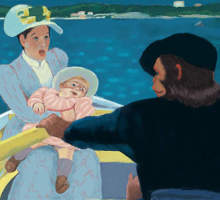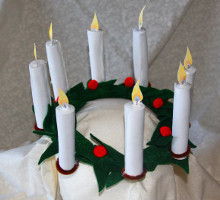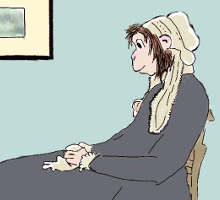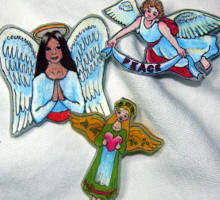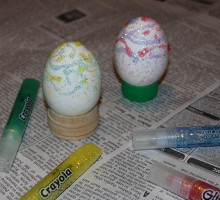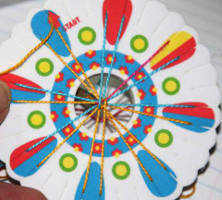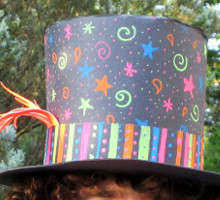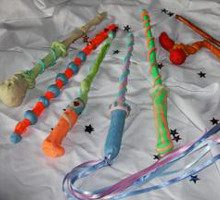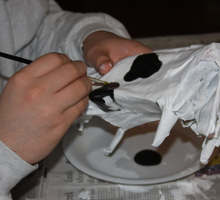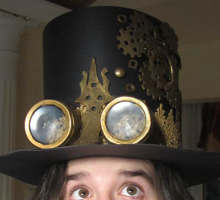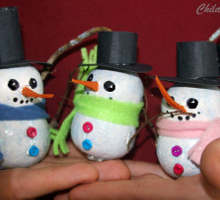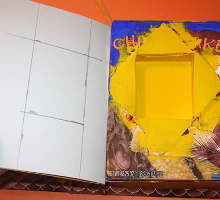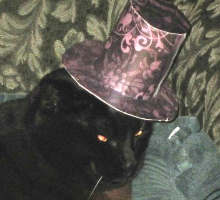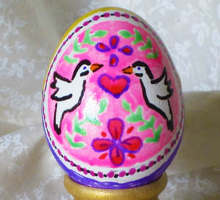Art Lesson for Children: Monkey Lisa
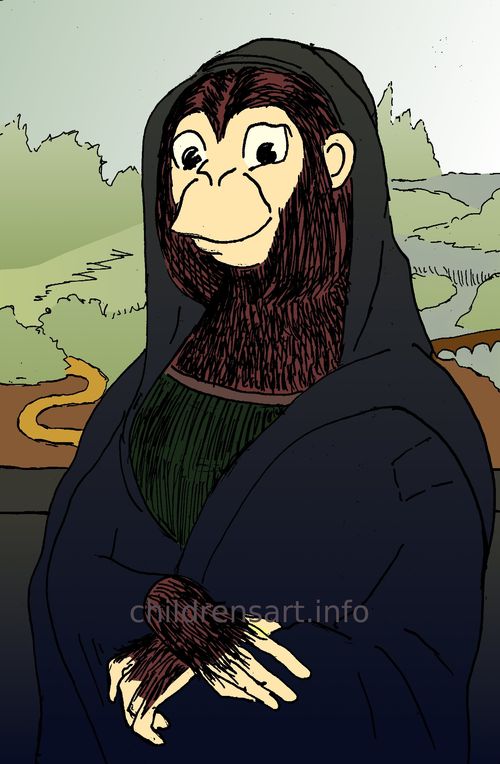

Monkey Lisa is based on Leonardo Da Vinci's painting Mona Lisa. When people think about this famous painting, they often remember the mysterious expression on Mona Lisa's face. Is she happy, or is she deep in thought? Leonardo shaded the corners of her mouth in such a way that makes it difficult to tell. You can see the original painting at the Louvre Museum in Paris, France.
Da Vinci carefully observed nature to figure out why things worked the way they did. He had many new ideas about science, and those ideas about science changed how he painted. He wrote those ideas down as rules in his notebooks.
One of his rules had to do with a special kind of perspective. Perspective is a way to tell how near or far something is in a picture. Leonardo noticed that if something is a great distance away, it appears paler and bluer. When something is nearer, the contrast between the light and dark areas appears sharper.
Da Vinci knew that the air in the atmosphere changes how people see far away objects. The more air that the viewer has to look through, the softer the edges become and the bluer the color. So he named this special kind of perspective "aerial perspective" (aerial means "having to do with air"). If you look at the original Mona Lisa, you will see how Da Vinci painted near and far things according to aerial perspective.


You can observe aerial perspective anywhere that you have a clear view over a good distance. Look at this picture I took a few miles from my house. Can you see how the green gets bluer and lighter near to the mountain?



